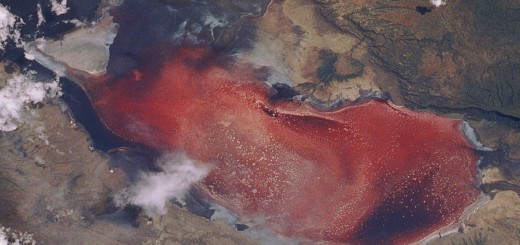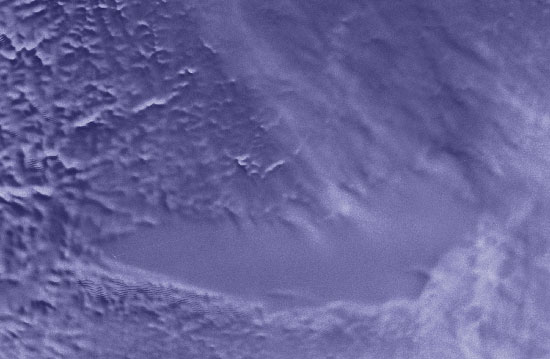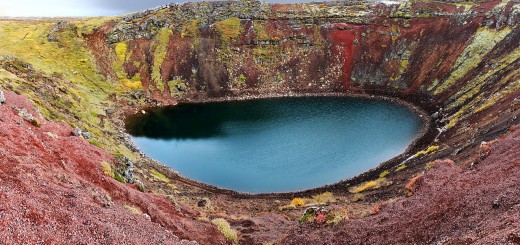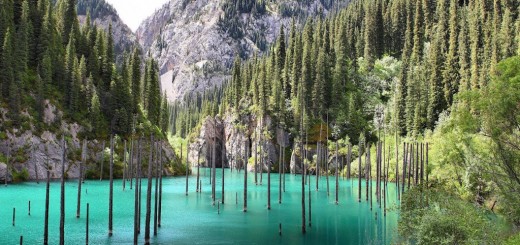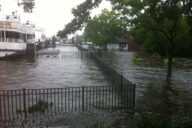Few Jellies In Jellyfish Lake
0Palau’s famous Jellyfish Lake is at risk of running out of jellyfish following a recent crash in the creatures’ numbers there. The decline is estimated to have gone from a high of about 8 million jellies to just 600,000 in March 2016.
It’s not the first time that the lake has seen such a drop. Back in 1999, populations of jellyfish also went through an extreme crash, but were able to recover because many jellyfish polyps had laid in wait at the lake’s bottom.
The hope nowadays is that there will be a similar rebound in the near future, as scientists and those living around the lake don’t know what is causing the jellyfish losses. But there are at least a few guesses.

A tourist snorkels with Gold Jellyfish in Jellyfish Lake. (Credit: Flickr user tata_aka_T via Creative Commons)
The biggest factor, scientists think, is El Niño. In recent months, so little rainfall has come down that it has likely impacted the lake’s salinity. Reduced runoff into Jellyfish Lake could also be impacting smaller creatures and aquatic plants that the jellies consume.
With conditions currently, it doesn’t appear that jellyfish are surviving long after they transition from the bottom-dwelling polyp stage. Rising salinity is believed to be one of the biggest factors at play in the diminished survival rates.

Gold Jellyfish float in Jellyfish Lake, Republic of Palau. (Credit: Flickr user Shinji via Creative Commons)
As a result of the declining jellyfish numbers, many nearby tour companies have been looking to find jellies with no luck. A few have ended their operations to the lake until the jellyfish have recovered. The governor of Koror State in Palau appears confident that the lake will once again be filled with the creatures, having decided to keep the lake open to visitors in the near term.
Jellyfish Lake is unusual because it is a small body of seawater surrounded by land. In limestone rock beneath the lake, channels to the sea still remain. Below about 40 feet in depth, high levels of hydrogen sulfide make it dangerous for scuba divers, which is why snorkeling is the only activity allowed.
A common misconception is that the jellyfish in Jellyfish Lake can’t sting, but it appears they can give swimmers a mild sting, the impacts of which build up over prolonged exposure.
Due to their isolation from the ocean, five nearby marine lakes have produced five different subspecies of golden jellyfish.
Do you think the changes to Jellyfish Lake are cyclical or permanent? Is El Niño to blame, or is there a climate change connection? Please consider leaving a comment to share your thoughts!




